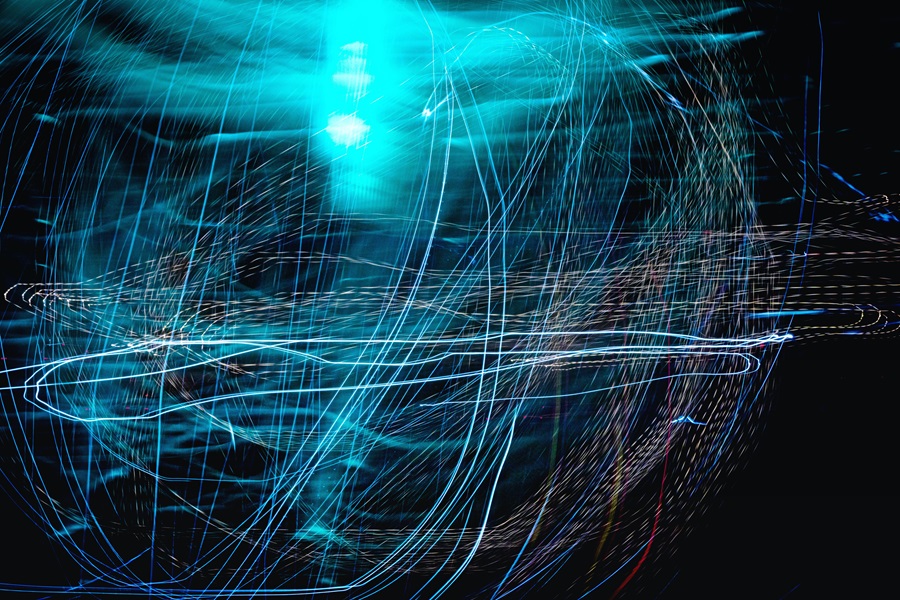The challenge of achieving meaningful difference
Meaningfully different innovation is critical to brand growth. In fact, Kantar’s BrandZ shows that brands who are perceived as high on innovation have grown 7x faster than competitors. However, achieving meaningfully different innovation is inherently difficult.
Why do so many innovations end up being incremental “me too” efforts? Why does it seem as though many innovators end up hunting in the same crowded “white spaces”? One could argue that some of the very tools that have brought innovators so much success in recent decades may also be part of the problem—forcing us think about innovation in way that is too narrow and too short term, keeping us from the category-defining breakthroughs we seek.
But there is an alternative. When innovators take a bifocal view and marry what they know about today’s end-user with a robust perspective on the future, they can break out of the sea of sameness and create innovations that stand out…and stand the test of time.
The limitations of a human-centered approach
Innovation strategy in recent years has centered on deep consumer understanding. What unmet needs can you identify and solve for? How can you be more consumer centric and empathetic? While understanding your consumer is certainly a critical component of successful innovation, it can be limiting because, as we all know, consumers often cannot fully articulate their needs.
Well-designed research and use of the Jobs to Be Done framework can help address these limitations. However, even then, we end up with a point-in-time view of today’s needs, which are subject to change, especially during a period of ongoing uncertainty and disruption.
The intense focus on the target user elevates the needs of certain consumer segments while excluding perspectives on others. A narrow aperture also downplays the importance of the wider context in which people and their needs exist. This leaves you vulnerable to unforeseen pitfalls caused by the second- and third-order implications of your innovation efforts.
Futures thinking can help remedy this issue, because foresight is both human-centered and systemic in orientation.
Applying foresight to your innovation practice
Applying foresight to your innovation practice starts with understanding Kantar’s 5 Principles of Futures Thinking. This simple framework brings the bifocal view—both human-centered and systemic—to life in a simple way and encapsulates what makes foresight-led innovation different.
Principle 1: Switch Perspectives. Look from the outside in, well beyond the industry or category you’re innovating within to see the bigger picture. This helps you avoid jumping on fads with fast follows or being blindsided by change.
Principle 2: Look Further. Take a longer view of change, at least two or three times the length of your typical innovation cycle. Consider the unmet needs of today, but also give yourself permission to think creatively about how those needs may change in the future—and what new needs may arise.
Principle 3: Anticipate Values. Put people and their changing values at the center of the equation. Recognize that it is people who drive change—whether societal, technological, or organizational.
Principle 4: See Connections. Take a systems view of change and acknowledge that no trend, person, organization, or human need exists in isolation. Considering the interconnectedness of these things will enable you to anticipate the second- and third-order implications of your actions. This allows you to uncover unique unmet needs and identify opportunities for meaningfully different innovation.
Principle 5: Predict Surprises. Be proactive about checking your assumptions. Identify the “predictable surprises” that you should have seen coming in the past, and the ones on the horizon that may scuttle your current innovation efforts to ensure your pipeline can adapt to changing market forces.
These 5 Principles of Futures Thinking allow you to take a fuller view of your consumers and their worlds, arriving at a deeper human understanding and identifying enduring growth opportunities.
Harnessing the power of foresight-led innovation
By integrating futures thinking into your innovation process, you can build a proprietary view of the future that fuels breakthrough innovation. You can go beyond crowded white spaces that are way too safe and identify nascent markets and emerging opportunities. You can avoid false starts and instead have the confidence to act with the right product or service at the right time.
Thinking strategically about the future makes you more comfortable thinking about – and acting upon -- change. The future is not static, and foresight allows you to work towards a range of possibilities, not a single set goal. It gives you the freedom to adjust course and recalibrate your innovation roadmap as you go, ensuring your pipeline is more resilient to disruption. Most importantly, foresight-led innovation empowers you to not just anticipate the future of your brand but actively shape it.
Futureproof your innovation
Navigate the future with confidence to identify true white space opportunities and drive meaningfully different innovation. Find out more here.



